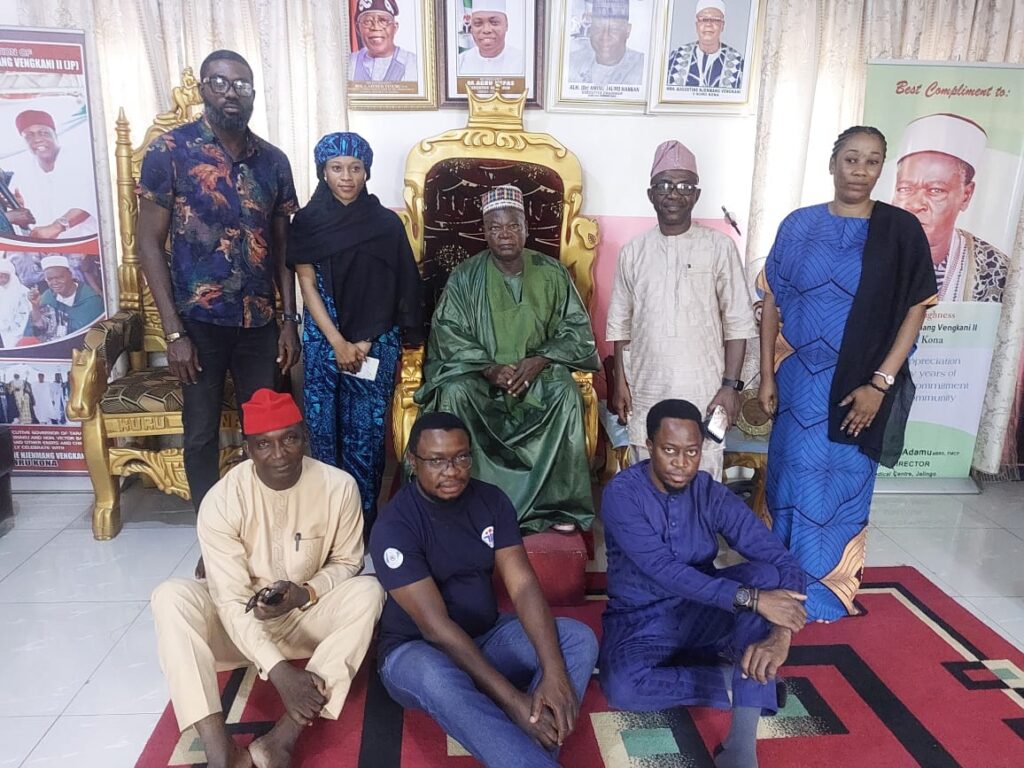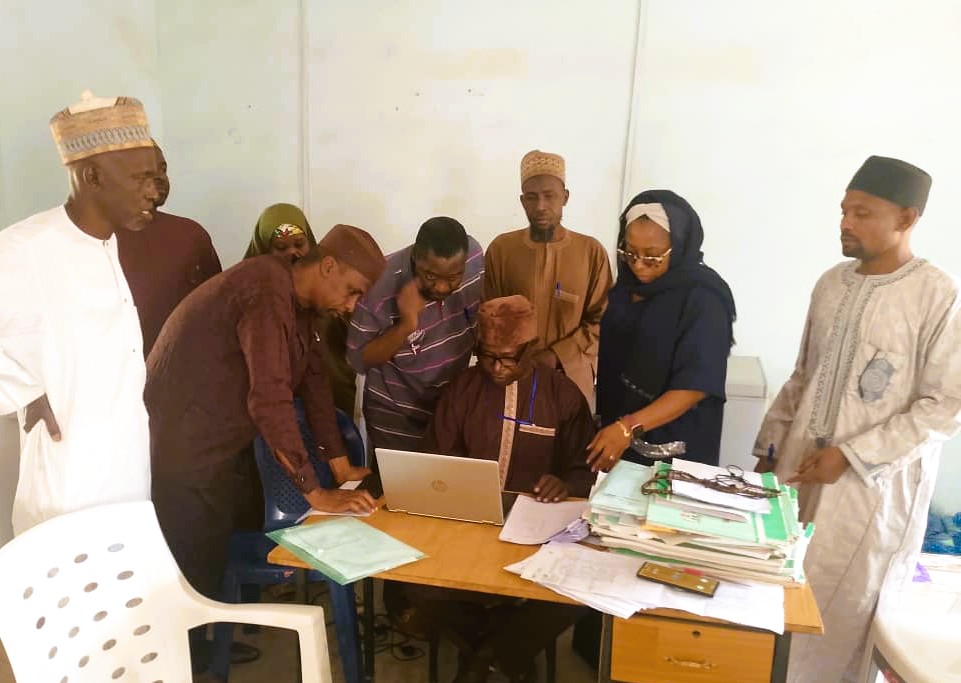Advancing Integrated Malaria Prevention in Nigeria
Advancing Integrated Malaria Prevention in Nigeria

Management Sciences for Health (MSH) and the Society for Family Health (SFH) are spearheading a campaign in Nigeria’s Katsina and Taraba States that is laying the groundwork for a transformative integrated malaria prevention effort.
At the heart of the initiative is the integration of Seasonal Malaria Chemoprevention (SMC) and Insecticide-Treated Net (ITN) campaigns—a strategy designed to optimize resources, maximize health impact, and align with Nigeria’s broader integrated service delivery goals, as outlined by the Honorable Minister of Health, Dr. Mohammed Ali Pate.
Building on a successful pilot in 2024, the Global Fund Malaria grant is scaling up this model in 2025, with MSH taking a lead role in orchestrating the microplanning and implementation phases in the two northern states.
“This integration marks a new chapter in how we fight malaria in Nigeria,” said Isaac Adejo, Project Director at MSH. “We are not just merging interventions—we are building a system that can serve communities better, faster, and more efficiently.”
Strategic Microplanning: A Foundation for Success
MSH’s leadership was evident during a recently 14-day integrated microplanning exercise. This critical planning phase involved intense collaboration with state governments, local health authorities, and international development partners to map out every detail of the upcoming campaigns.
The microplanning involved training of technical assistants, engagement with community leaders, and assessment of health facilities’ readiness across both states. One of the biggest challenges was generating reliable population figures—especially as the two campaigns target slightly different groups: the general population for ITNs and children under five for SMC.
This complexity was further amplified by the introduction of the WHO’s Urban Malaria Strategy, which necessitated a more targeted ITN distribution approach. Not every ward in the states would receive ITNs, but SMC would cover all eligible settlements, ensuring comprehensive coverage for young children most vulnerable to malaria.
“We had to overcome data gaps and the often-fluid definitions of urban and rural communities,” Adejo explained. “But thanks to a data-driven, multi-sectoral approach, we now have robust plans that reflect the realities on the ground.”

Leveraging Technology and Partnerships
MSH adopted a holistic and tech-driven strategy, combining digital mapping, ICT4D tools, and localized IEC materials. These tools helped refine logistics, population estimates, and training needs. Stakeholder engagement was also a central feature, beginning with advocacy visits to the Commissioners of Health in both states.
More than 60 technical staff members were trained, including members of Campaign Technical Assistance Teams (CTAT) and local government actors. Proficiency in MS Excel and data validation techniques were emphasized, equipping teams to handle complex population data and logistics in real time.
“Partnership is our biggest asset,” Adejo added. “We are proud to work alongside SFH, government ministries, and security agencies. Everyone has a role to play in protecting lives from malaria.”

Robust Multi-Sectoral Collaboration
The integrated campaign galvanized support across government sectors. Ministries of Health, Information, Local Government, and Environment committed to coordination, advocacy, media engagement, and logistics support. Meanwhile, security agencies pledged to ensure safety and order during the campaigns.
The successful planning phase has set ambitious targets for 2025:
- In Katsina State, 8 million individuals will be targeted, with 4.4 million ITNs distributed.
- In Taraba State, 3 million people will receive over 1.7 million nets.
- For SMC, over 2.3 million children in Katsina and 578,000 children in Taraba are set to receive approximately 9 million and 2.3 million doses of SPAQ, respectively.
These figures reflect an unprecedented scale of coordinated effort, guided by MSH’s leadership in technical planning and execution.
The integrated campaign in Katsina and Taraba is being recognized as a model of innovation, efficiency, and partnership. It showcases how strategic alignment of resources can lead to greater health impact—particularly in high-burden regions.
MSH’s role goes beyond implementation. It demonstrates how technical leadership, community engagement, and data-driven planning can converge to drive national health priorities forward.
“Our vision is simple: no child should die from a mosquito bite,” said Adejo. “Through this campaign, we are one step closer to making that a reality in Nigeria.”